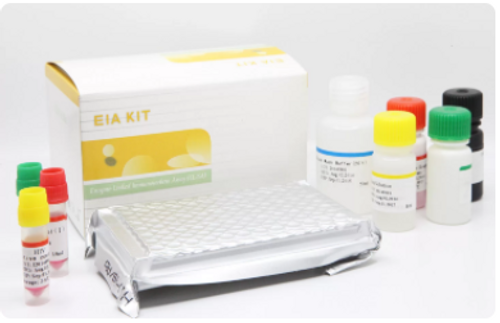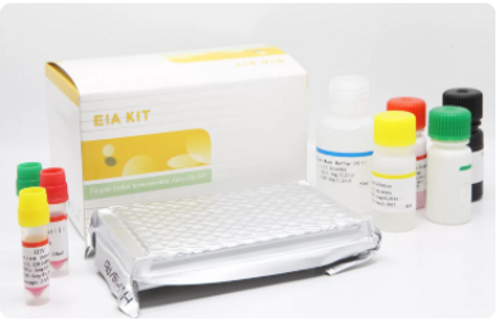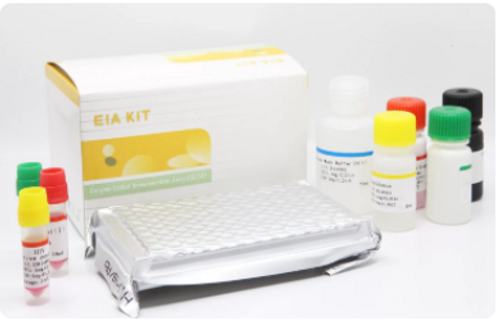Product Description
Expected use
This kit is an enzyme-linked immunosorbent assay (ELISA) for the qualitative detection of HBsAg in human serum or plasma. It is intended for the screening of blood donors and the diagnosis of patients related to hepatitis B virus infection.
Summary and explanation
Hepatitis B virus (HBV) is an enveloped double-stranded DNA virus that belongs to the Hepadnaviridae family and is recognized as the main cause of blood-borne hepatitis along with hepatitis C virus (HCV). HBV infection induces a spectrum of clinical manifestations ranging from mild and inapparent disease to fulminant hepatitis, severe chronic liver disease, which in some cases can lead to cirrhosis and liver carcinoma.
The classification of a hepatitis B infection requires the identification of several serological markers expressed during three phases (incubation, acute and convalescent) of the infection. Various diagnostic tests are now used for screening, clinical diagnosis, and treatment of the disease. The hepatitis B surface antigen or HBsAg, previously described as the Australian antigen, is the most important envelope protein of the hepatitis B virus. The surface antigen contains the determinant "a", common to all viral subtypes.
known and immunologically distinguished into two distinct subgroups (ay and ad). HBV has 10 major serotypes, and four HBsAg subtypes (adw, ady, ayw, and ayr) have been recognized. HBsAg can be detected 2 to 4 weeks before ALT levels become abnormal and 3 to 5 weeks before symptoms develop. The serological detection of HBsAg is a powerful method for the diagnosis and prevention of HBV infection and ELISA has become a widely used analytical system for the screening of blood donors and the clinical diagnosis of HBV in infected individuals.







